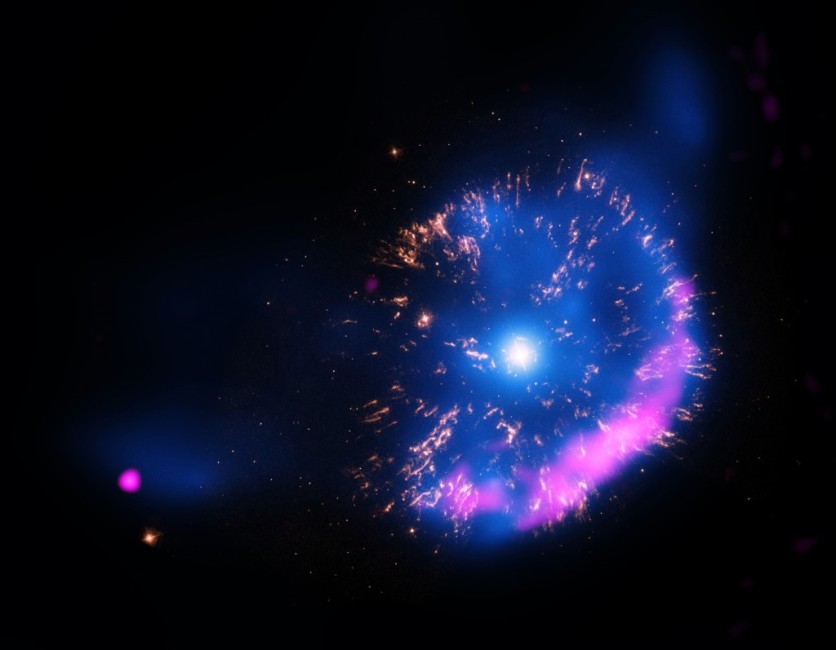Supernovae are explosions of dead stars and they usually eject colorful gas and dust making it a cosmic spectacle. However, a recently captured image of a supernova's fireworks display has baffled many scientists. But why?
It is the most peculiar supernova yet discovered by experts and may be a sign of a particularly uncommon kind that astronomers have long tried to understand, according to a report by Nature.
Robert Fesen, an astronomer at Dartmouth College in Hanover, captured the image in 2022 and said that he has never seen a supernova remnant like this in his 30 years of capturing dead stars.

Consistently Puzzling
The object was found in Wide-field Infrared Survey Explorer archival pictures in 2013 by amateur astronomer Dana Patchick. Several teams analyzed the Pa 30 remnant during the following ten years, but the findings were consistently puzzling.
Lomonosov Moscow State University astronomer Vasilii Gvaramadze and his team also discovered a unique star in 2019 right in the middle of Pa 302, as per Nature.
The stellar wind from that star was moving away from it at a speed of 16,000 kilometers per second, or around 5% of the speed of light, and had a surface temperature of about 200,000 kelvin.
Fesen claims that winds traveling at 16,000 km/s are just not present in stars. He said that speeds exceeding 4,000 km/s are not unheard of, but 16,000 is crazy.
The mystery surrounding Pa 30 emerged once more in 2021 when University of Hong Kong astronomer Andreas Ritter and his colleagues suggested that the object is a remnant of a supernova that lit up the sky roughly 850 years ago, in 11813.
Ritter and his team examined Pa 30 and found that the remnant's emission spectra featured a unique line connected to the element sulfur.
Fesen's team eventually used the 2.4-meter Hiltner Telescope at the Michigan-Dartmouth-MIT Observatory at Kitt Peak, Arizona, to scan the relic with an optical filter.
In addition to confirming that Pa 30 is a supernova remnant seen in 1181, the data they gathered also produced a unique image of the dead star featuring a large number of fine filaments that spread outward.
Read Also : NASA's Hubble Space Telescope Captures a Bright Star Hours After its Supernova Explosion
Zombie Stars
Scientists typically anticipate supernova leftovers to resemble the Crab Nebula, which has a smooth patch in the middle of an oval-shaped mass of filaments. They also frequently resemble the Tycho Supernova, which appears as a ball of disorganized knots.
Ritter and his team hypothesized in 2021 that the object was a type Iax3 rare supernova outburst.
A typical type-Ia supernova happens when a white dwarf absorbs matter from a partner star. They are also called zombie stars by astronomers.
Ritter's team believes that Pa 30's fireworks were caused by a collision between two white dwarfs.
These uncommon explosions are challenging to investigate since they often take place in far-off galaxies. However, Fesen has already requested using NASA's Hubble Space Telescope and the newly-minted James Webb Space Telescope to further investigate this puzzling object.
Related Article : Astronomers Create an 'Early Warning' System When a Star Undergoes Supernova Explosion

ⓒ 2025 TECHTIMES.com All rights reserved. Do not reproduce without permission.




